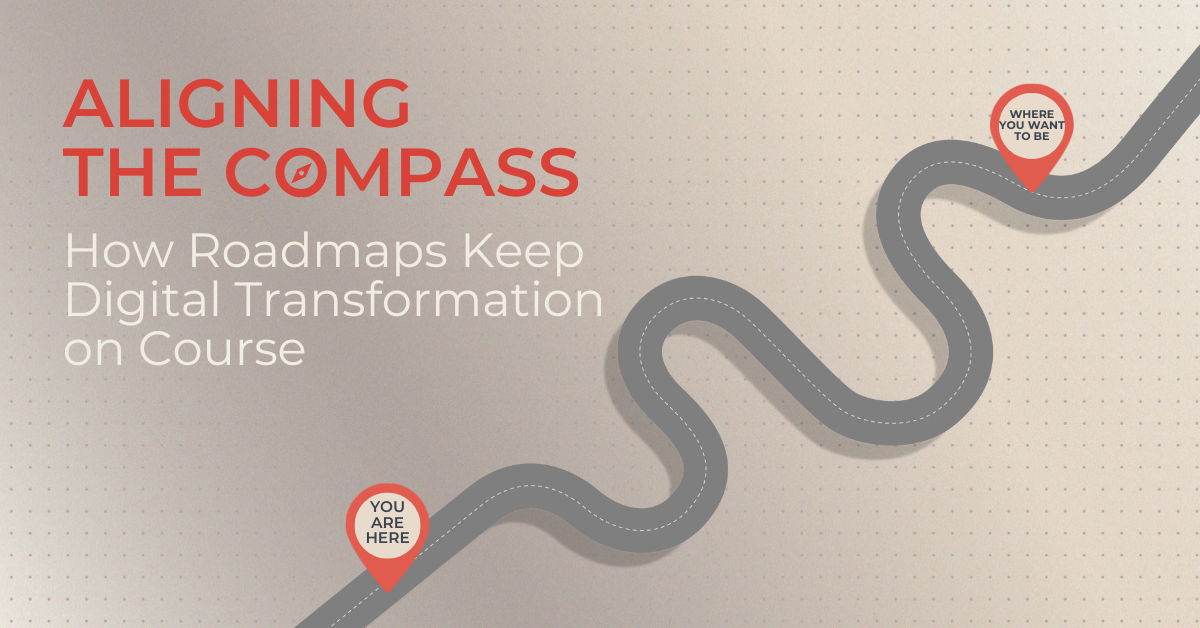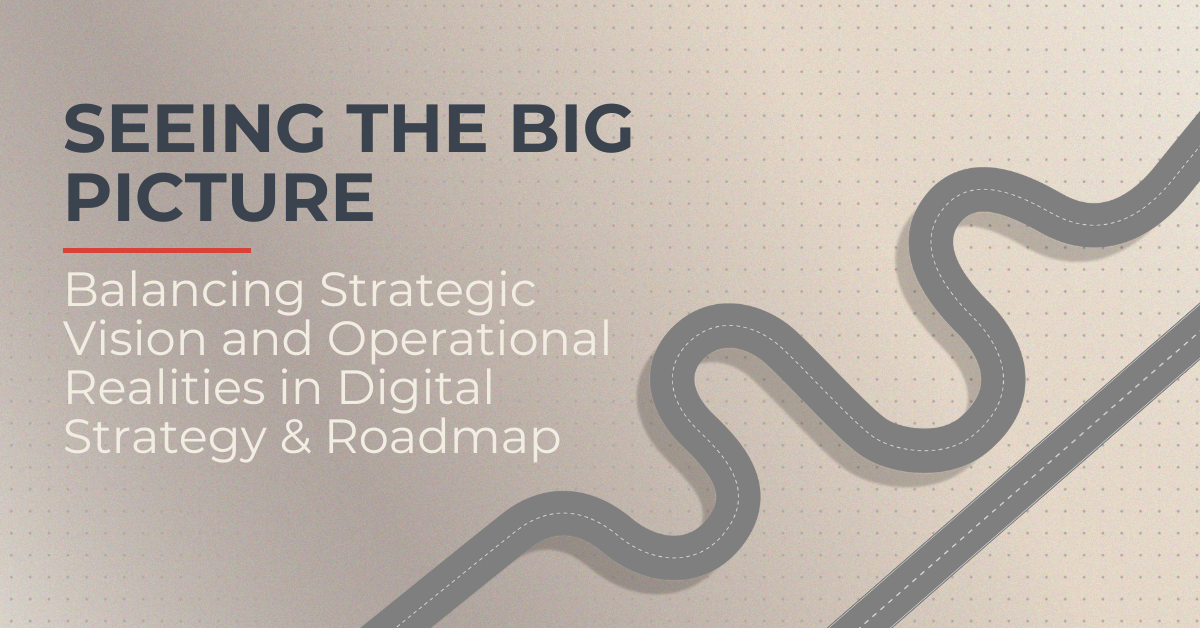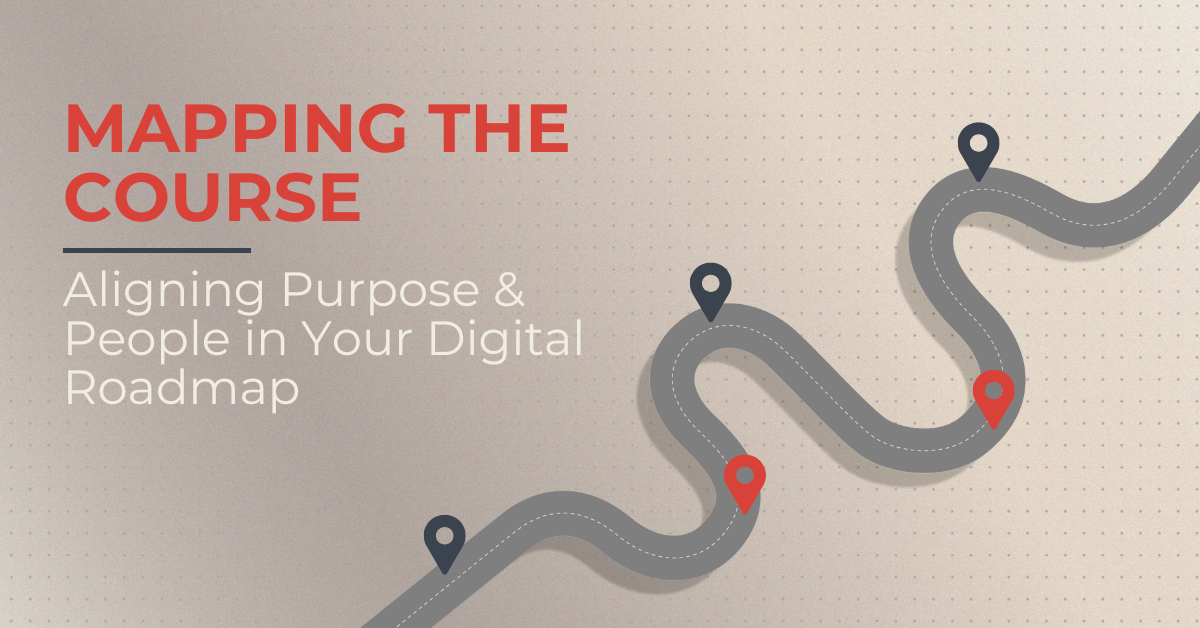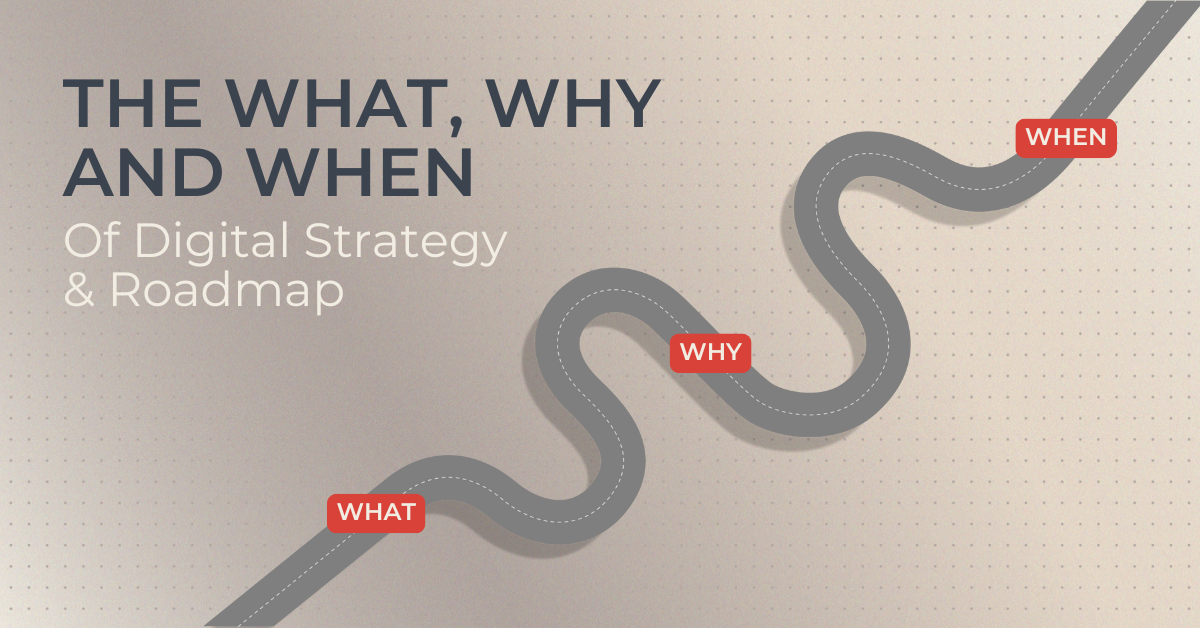
Whitney White
Whitney is a Certified Management Consultant (CMC) and the Principal Consultant of the Digital Advisory Services practice. With over 15 years of professional experience, she brings a cross-functional lens to digital transformation, grounded in expertise across project management, business analysis, process improvement, and data-driven decision making. Her work spans both public and private sectors, where she is known for navigating complexity with clarity, fostering alignment across stakeholders, and helping organizations turn strategic intent into actionable, measurable outcomes. Whitney is passionate about people, systems, and solving the right problems — and thrives at the intersection of data, process, and purpose. Whether shaping digital strategy or designing roadmaps for change, she brings thoughtful structure, insight, and a collaborative spirit to every engagement.
As a leader, you have the vision. You know where the organization needs to go. But here’s the challenge: Vision alone won’t get you there. For your strategy to succeed, your organization needs to move as one—aligned in its understanding of the current state, the destination, and the path forward.
How often do all stakeholders agree on where you are, where you’re headed, and how to get there? Without alignment, even the most promising transformation efforts can veer off course, wasting resources and creating frustration.
Alignment isn't just about agreement; it’s about clarity. It’s the foundation that ties your starting point (current state), your destination (future state), and your path forward (roadmap) into a cohesive journey. Without it, teams might as well be speaking different languages.
So, how do you ensure that your organization is aligned? Let’s explore why alignment matters and how it transforms your vision into actionable, measurable progress.
Prefer to watch instead? The video snippet here covers the same key insights from Whitney!

Your transformation should begin with unified understanding where you are right now—but this is often where the first cracks in alignment appear. Perspectives on the current state can vary dramatically across stakeholders. Leadership may believe the organization is already making significant strides toward its goals, while frontline teams experience daily pain points that tell a very different story. At the same time, customers may have their own perception of the organization—one that reflects gaps in experience, service delivery, or responsiveness that leadership and operations might overlook.
We refer to this misalignment as divergent starting points, and it’s illustrated in the diagram below.

In this example, Point A represents where the organization actually is, while Point a reflects where some stakeholders believe they are. These divergent perceptions create misalignment from the very start. Without a shared understanding of the current state, teams not only start from different points but often follow different paths—resulting in the organization failing to arrive at the same destination.
When leadership, frontline teams, and customers each hold different views of the current state, the risks are clear: fragmented efforts, misaligned priorities, and missed opportunities to create value. A unified starting point—one that considers internal realities and external perspectives—is essential to ensure the entire organization is moving in the same direction, on the same path, toward a shared goal. Achieving this requires a thorough and objective current-state assessment that uncovers gaps, surfaces key insights, and brings all stakeholders onto the same page.
.png?width=1200&height=300&name=Align%20The%20Compass%20Banner%20(1).png)
Once you’ve established where you are, the next question is: Where are you going? Defining a future-state vision is about more than setting ambitious goals, it’s about creating a vision that resonates across the organization. But defining the destination is often where organizations face their next major challenge.
We refer to this misalignment as unaligned destinations, and it’s illustrated in the diagram below.

In this example, Point B represents the true destination—where the organization collectively wants to be. However, Point b shows where some stakeholders think they’re headed. This disconnect can create a fragmented transformation journey, where efforts are directed toward varying, sometimes conflicting goals. Without alignment, even the most well-intentioned initiatives can pull teams in different directions, resulting in wasted resources and missed opportunities.
To overcome this, alignment on the future state must be intentional and inclusive. A shared vision of success—one that reflects the organization’s strategic goals, operational realities, and customer needs—is essential. This vision should be guided by leadership but informed by input from across the organization to ensure it resonates with all stakeholders.
Alignment on the destination ensures that teams understand not just what success looks like, but why it matters and how their efforts contribute to achieving it. With this clarity, organizations can channel their resources, energy, and focus into a cohesive path forward, avoiding the inefficiencies that arise from unaligned priorities.
.png?width=711&height=178&name=Align%20The%20Compass%20Banner%20(3).png)
With a unified understanding of where you are today and alignment on where you want to go, the next critical step is defining how to get there. This is where the roadmap becomes more than just a planning tool—it transforms into an investment enabler, guiding how limited resources are allocated, prioritized, and sequenced to achieve the organization’s goals.
We refer to this as the unified transformation path, illustrated in the diagram below.

In the diagram, Point A represents where the organization is today, and Point B signifies the agreed-upon destination. The numerous gray lines symbolize the many possible paths the organization could take, representing different priorities, initiatives, or interpretations of how to move forward. However, the bold, prominent gray line marks the pathway aligned upon by all stakeholders, reflecting a shared understanding of how resources will be invested to drive the organization from A to B.
This alignment on the transformation path isn’t just about agreeing on a direction, it’s about creating clarity on how and where resources, time, and effort will be focused. The roadmap provides a framework for making critical investment decisions, ensuring that priorities are sequenced logically, dependencies are identified, and efforts are directed toward initiatives that deliver the greatest value.
Without alignment on the roadmap as an investment enabler, organizations risk misallocating resources, overcommitting low-priority initiatives, or delaying high-impact projects. With a unified pathway, the roadmap becomes a strategic guide—empowering teams to make intentional, informed decisions about where to focus their energy and how to achieve measurable progress.
When all stakeholders agree on the path forward, the roadmap not only directs the organization toward its destination but also builds confidence in how investments are made, ensuring that every step contributes meaningfully to the overarching vision.
The Journey Forward
Your roadmap isn’t just a plan—it’s an investment enabler, a framework for navigating change, and a guide for prioritizing resources and initiatives that deliver the most value. Achieving this level of alignment across stakeholders is challenging, but it’s the foundation of a successful transformation journey.
Missed Part One of Whitney's Digital Strategy & Roadmap blog series? Check out "The What, Why and When of Digital Strategy & Roadmap".
In the next installment, we’ll explore how roadmaps help keep your digital transformation on course, balancing strategic vision with operational realities. Stay tuned!
If you're ready to take the next step and need expert guidance, let’s discuss how we can partner with you to develop a digital strategy and roadmap that aligns with your goals, optimizes your resources, and drives meaningful transformation. Reach out today to start the conversation.
About the Author

Whitney White
Whitney is a Certified Management Consultant (CMC) and the Principal Consultant of the Digital Advisory Services practice. With over 15 years of professional experience, she brings a cross-functional lens to digital transformation, grounded in expertise across project management, business analysis, process improvement, and data-driven decision making.





Submit a Comment